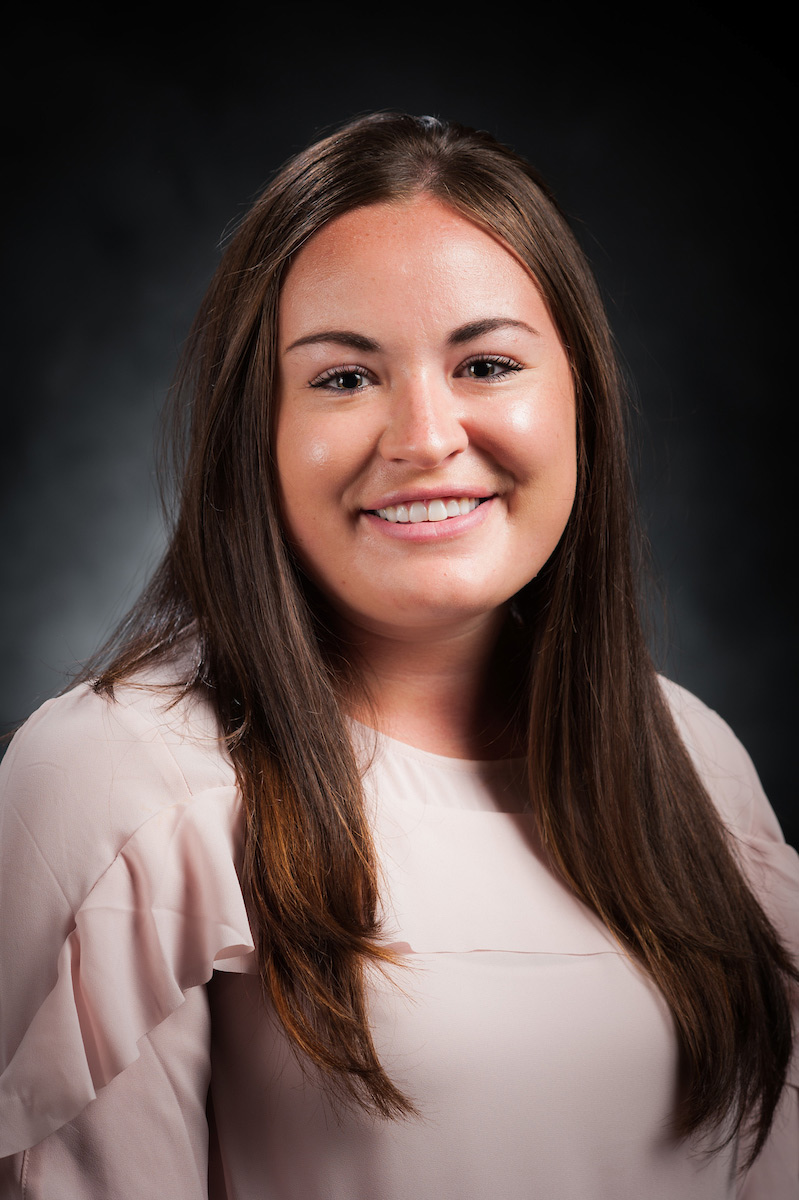A Community Effort
Understanding the link between physical and mental health motivated U of I WWAMI student to help make a difference
Meaghan Bruner grew up watching her dad practice medicine in the small town of Cottonwood. Now a student in the University of Idaho’s WWAMI Medical Education Program, she often saw community members approach her father with questions, even sometimes in the grocery store.
She knew that he made a difference because he had the respect of his community.
“For many years I was exposed to all aspects of the healthcare field and it was just so cool to see the way community members look up to their physicians,” she said.
Bruner worked as a CNA and in medical records in Cottonwood before deciding to attend medical school. She said her parents never pushed her to pursue medicine.
“Both of my parents always stressed the importance of a college education and they both wanted me to pursue a career path that I was passionate about. I was intrigued by medicine. I loved science and health issues. Working as a CNA validated my choice,” she said.
Bruner said her experience in a small town helped her understand first-hand the lack of mental health care in these communities. In Cottonwood, there were no mental health professionals. As part of the WWAMI Rural/Underserved Opportunities Program community, Bruner was assigned to work at the Sandpoint Family Health Center and she knew just what she wanted to do.
“I wanted to target mental health and find ways to address the mental healthcare shortage,” she said.
Mental health has an effect on physical health, so Bruner wanted to find a way to identify people with risk factors in their mental health history that could lead to physical health problems later in life.
“There’s so many people out there suffering from mental health problems and addressing and recognizing these problems could have a benefit on their overall health,” she said.
The Adverse Childhood Experience (ACE) questionnaire fit well for her project. The 10-question survey uses questions about abuse, neglect and other indicators of a rough childhood to identify people with higher risk of health problems.
The questionnaire was born from the Centers for Disease Control and Prevention-Kaiser Adverse Childhood Experience Study, a public health study that found childhood trauma led to adult onset of mental illness, chronic illness and other social problems.
“It’s an easy 10-question questionnaire that can be given at any appointment,” she said.
Bruner plans to start administering the test when she returns to Sandpoint in April. Some of the challenges for Bruner are staffing issues and ensuring the test data is put to use. This requires working with the staff at the clinic to develop a plan for the information gathered.
Studies have shown using the test can have positive results, and Bruner said other clinics in Sandpoint expressed interest in using it.
“There are clinics all over the country that use this questionnaire. It’s similar to a depression screening at a wellness visit,” she said.
WWAMI is a partnership between the University of Washington School of Medicine and five Western states — Washington, Wyoming, Alaska, Montana and Idaho. In Idaho, 40 medical students complete their first and second year of medical training on the Palouse. The students then have the opportunity to complete their Clinical Phase and Explore & Focus Phase of medical education in Idaho, Seattle or across the five-state WWAMI region.
The Rural/Underserved Opportunities Program (RUOP) is a four-week immersion experience in community medicine for students in between year one and two of medical school. The students live in underserved rural or urban communities during a four-week rotation, working with local physicians. The Target Rural Underserved Track (TRUST) builds on this experience with student completing community health projects within their RUOP communities.
Published in March 2018

Article by Tess Fox, University Communications & Marketing.







